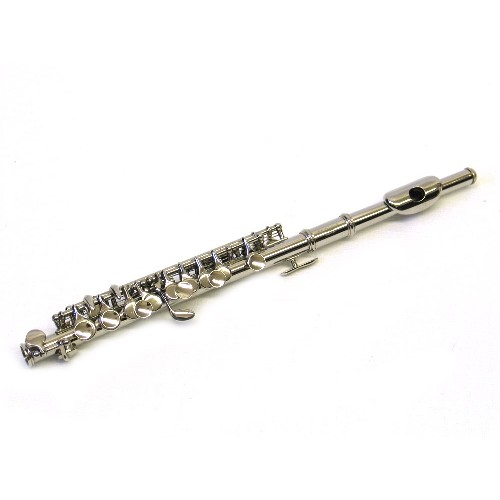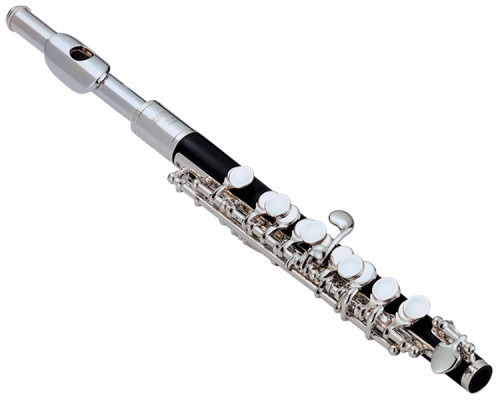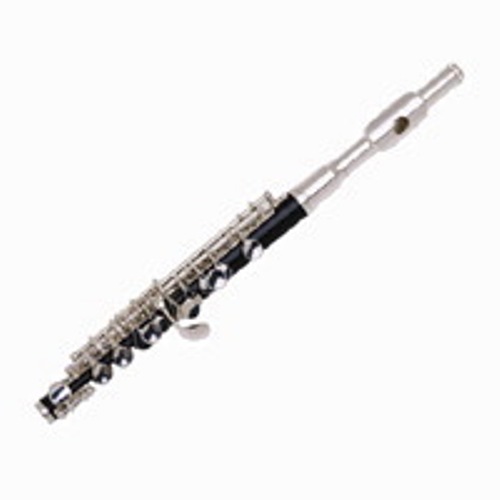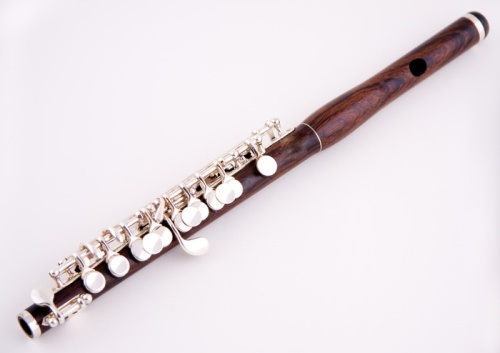10 Interesting the Piccolo Facts
The Piccolo facts below will tell the readers about a musical instrument included in a woodwind family. People often describe it as a half-sized flute. In Italy, the musical instrument is called ottaviano which means little octave. The standard transverse flute is considered as the larger sibling of the modern piccolo. However, the sound produced by the instrument is an octave higher than the one written. Here are other interesting facts about the piccolo to notice:
The Piccolo Facts 1: the manufacturing of piccolo
In the past, piccolo was produced in D?. Today, the instrument is made in C. John Philip Sousa was a musician who applied the D? piccolo to create his notable solo in “The Stars and Stripes Forever”. Check facts about the harp here.
The Piccolo Facts 2: the piccolo player
The assistant principal or piccolo/flute III is a term used to call the piccolo player in orchestra.
The Piccolo Facts 3: a solo position
Because of the demand of the literature, piccolo serves in a solo position in a larger orchestral setting.
The Piccolo Facts 4: double music
The flutes or even violins are often doubled with piccolo. It is used to double the other musical instruments because it can produce the sound one octave higher than the written note. Therefore, the overall sound produced by the musical instruments appears brilliant and nice.
The Piccolo Facts 5: the concert band setting
The application of piccolo is not only in orchestras, but also in concert band setting. This musical instrument is always played in the band performance.
The Piccolo Facts 6: the keys
There were no keys on the original piccolo. Nevertheless, fife and piccolo were two different musical instruments. The former one features the smaller bore.
The Piccolo Facts 7: a myth related to piccolo
In December 1808, Beethoven’s Symphony No. 5 in C Minor was first performed. It was believed that piccolo was used during the performance. Get facts about the French horn here.
The Piccolo Facts 8: the usage of piccolo
Piccolo was applied by the famous musicians such as Michael Haydn, Süssmayr and Hoffmeister. In opera Idomeneo, Mozart employed the usage of piccolo.
The Piccolo Facts 9: the materials
In the past, piccolo was made of ivory, glass, and many kinds of wood. Today, it is manufactured from silver, hardwoods, nickel silver, brass, resin and plastic.
The Piccolo Facts 10: the shape of piccolo
The shape of piccolo reminds you with the shape of a baroque flute. The head is cylindrical with conical body.
Do you enjoy reading facts about the piccolo?









